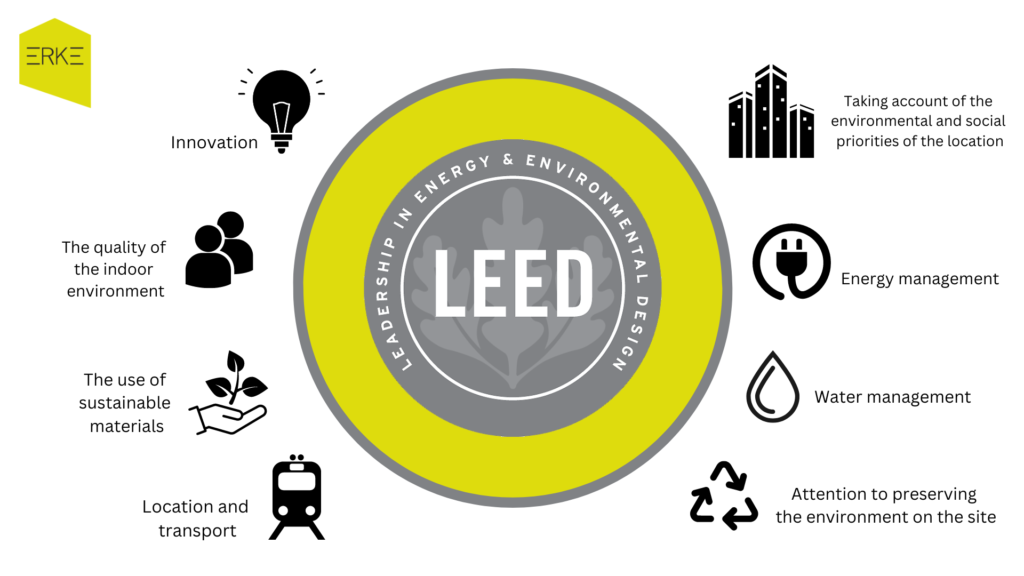
LEED certification requirements are designed to guide building projects in achieving high standards of sustainability and environmental performance. These requirements are structured around a series of prerequisites and credits, each targeting key aspects of green building such as energy efficiency, water conservation, sustainable site development, materials use, and indoor environmental quality.
LEED (Leadership in Energy and Environmental Design) is a globally recognized green building certification system developed by the U.S. Green Building Council (USGBC). It provides a framework for building owners and operators to create healthy, highly efficient, and cost-saving green buildings. To achieve LEED certification, projects must meet certain requirements and earn points across various categories. Here’s a comprehensive look at the LEED certification requirements to help you understand what it takes to get your project certified.
Prerequisites and Credits
LEED certification is based on a point system that evaluates a building’s performance in several categories. Projects must meet specific prerequisites and earn points across these categories to achieve different levels of certification: Certified, Silver, Gold, or Platinum. Prerequisites are mandatory and must be met for a project to be eligible for LEED certification. Credits, on the other hand, are optional and allow projects to earn points toward certification.
Key Categories in LEED Certification
LEED certification encompasses several categories, each focusing on different aspects of sustainability and environmental impact:
Sustainable Sites (SS):
This category emphasizes the selection of a project site and its relationship to the environment. Prerequisites include erosion and sedimentation control, while credits can be earned by reducing light pollution, managing stormwater, and providing green spaces. Projects are encouraged to develop sites that are environmentally responsible and sensitive.
Water Efficiency (WE):
This category aims to reduce water consumption through efficient use and management. Prerequisites include outdoor and indoor water use reduction, with additional credits available for implementing advanced water metering, using non-potable water for irrigation, and installing high-efficiency fixtures and fittings.
Energy and Atmosphere (EA):
One of the most critical categories, it focuses on optimizing energy performance and reducing environmental and economic impacts associated with excessive energy use. Prerequisites include commissioning of building energy systems, energy performance minimums, and fundamental refrigerant management. Credits can be earned by optimizing energy performance, using renewable energy, and employing advanced energy metering and building automation systems.
Materials and Resources (MR):
This category emphasizes the use of sustainable building materials and the reduction of waste. Prerequisites include a construction and demolition waste management plan. Credits are awarded for using recycled, locally sourced materials, reducing building material waste, and adopting life-cycle impact reduction strategies.
Indoor Environmental Quality (IEQ):
The IEQ category focuses on the health and comfort of building occupants by improving indoor air quality, access to natural light, and acoustic performance. Prerequisites involve minimum indoor air quality performance and tobacco smoke control. Credits can be earned by using low-emitting materials, increasing ventilation, and providing enhanced thermal comfort and daylighting.
Innovation (IN):
This category encourages projects to implement innovative strategies and technologies that are not covered by existing LEED categories. Credits are awarded for strategies that go beyond the existing LEED requirements, such as using novel materials, incorporating unique design features, or achieving exemplary performance in other credit categories.
Regional Priority (RP):
This category recognizes the importance of addressing regional environmental priorities. Projects can earn additional points by achieving credits that are identified as a priority in their specific geographic location. The USGBC identifies specific credits for each region based on regional environmental concerns.
The Certification Process
To achieve LEED certification, projects must follow a structured process:
Registration: The first step is to register the project with the USGBC. This involves providing basic information about the project, including its size, location, and type.
Documentation and Review: After registration, project teams must submit documentation demonstrating compliance with LEED prerequisites and credits. This involves providing detailed information on the strategies and technologies used to meet LEED criteria. The documentation is reviewed by Green Business Certification Inc. (GBCI), the organization responsible for administering LEED certification requirements.
Certification: Based on the review, the project is awarded a LEED certification level (Certified, Silver, Gold, or Platinum). Projects that do not meet all prerequisites or do not earn enough points will not be certified.
Achieving LEED Certification Requirements
Achieving LEED certification requires careful planning, collaboration, and commitment to sustainable practices throughout the design, construction, and operation phases. Engaging a LEED consultant can help project teams navigate the certification process, identify cost-effective strategies, and maximize points.
By meeting LEED certification requirements, building owners and developers not only contribute to environmental sustainability but also enjoy benefits like reduced operational costs, enhanced occupant comfort, and increased property value. LEED-certified buildings are a testament to a commitment to sustainability, resilience, and a better future for all.

